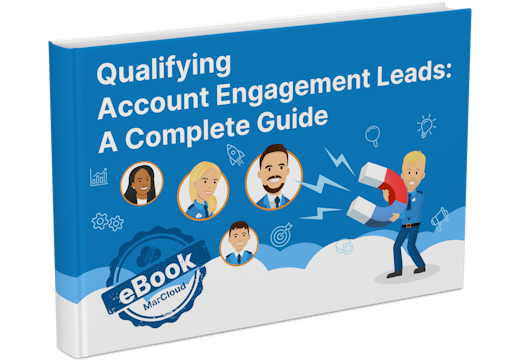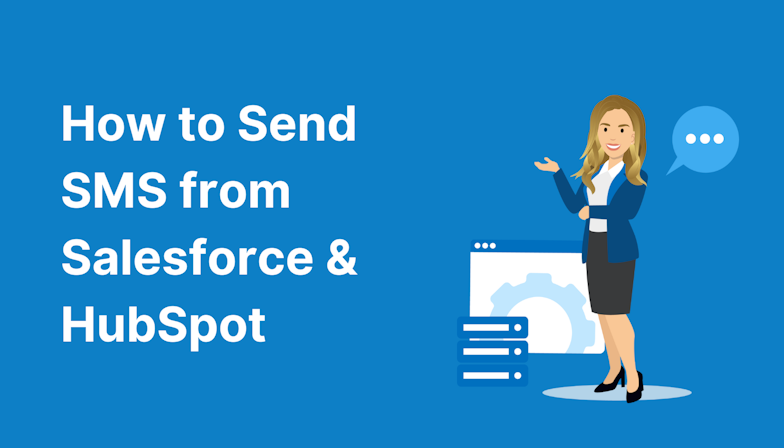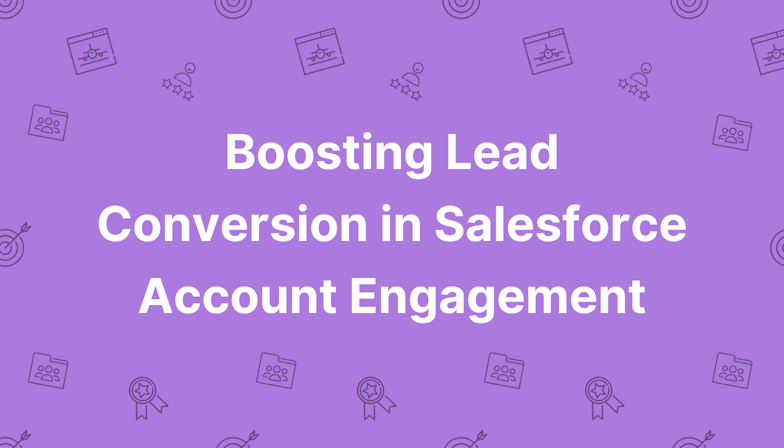Marketers have always been tasked with generating awareness, leads, and engagement. But in many organisations, what happens after those leads are passed on is a mystery. Without alignment, even the best campaigns can fall flat.
Here’s where RevOps comes in:
1. Smoother handoffs
RevOps makes sure leads don’t slip through the cracks. Workflows in Salesforce or HubSpot can be structured so that when marketing generates a qualified lead, it flows into the hands of sales with clear context attached. With a seamless handoff process, there’s no confusion and no missed opportunities.
2. Unified reporting
One of the biggest frustrations for marketers is the “whose numbers are right?” debate. RevOps centralises data and reporting so everyone works from the same source of truth. Instead of debating MQL counts versus SQL acceptance, teams focus on revenue contribution, something far more compelling when presenting ROI to the C-suite!
3. More precise targeting
With data unified across platforms, marketers can better segment audiences and tailor campaigns. For example, aligning HubSpot or Salesforce pipelines with firmographic data means campaigns reach the right accounts, at the right time, with messaging that matches their stage in the journey.
4. Faster attribution
When marketing and sales share the same data model, it becomes easier to track revenue back to campaigns. Whether it’s a paid social ad or a complex nurture journey, RevOps ensures marketing activity is visible at the board level and not just in lead numbers but in revenue contribution, for clear marketing attribution.






